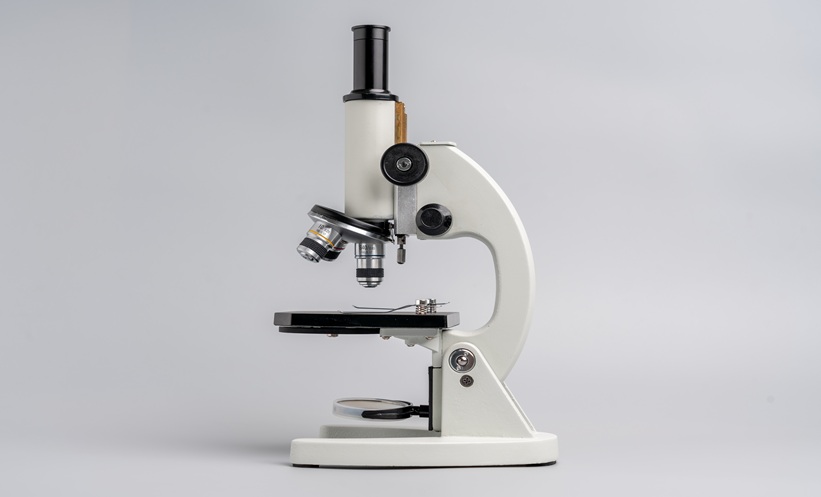Author: Victoria Antoniou, EMJ, London, UK
Citation: EMJ Dermatol. 2023;11[1]:20-22. DOI/10.33590/emjdermatol/10301673. https://doi.org/10.33590/emjdermatol/10301673.
![]()
IMMUNOPATHOGENESIS AND DISEASE STRATIFICATION
Eyerich began his presentation by explaining that although the four primary factors in the pathogenesis of atopic dermatitis (AD) are understood (these are exaggerated Type 2 immunity, microbiome alterations, an impaired epidermal barrier, and neuroimmunology), the extent to which the leading factor of AD pathogenesis can be identified in an individual patient is still under discussion. Type 2 immunity is dominant throughout each stage of AD, including lichenified and chronic lesions, with Type 2 immune cells driving the disease, despite discussions of a switch to other T helper cell subsets in the past. Despite its current popularity in dermatology, microbiome research has not seen any significant developments since 2012, and it is still uncertain whether microbial decolonisation is the first step in developing AD. An impaired epidermal barrier, caused by filaggrins and other genetic factors, as well as the neuro-immune axis, are also potential factors which drive inflammation and epiphenomena.
Recent research has increasingly focused on whether there are meaningful endotypes of AD, and how to identify them.
Eyerich presented several cases involving patients who suffered an exacerbation of their AD when exposed to pollen in a pollen exposure chamber, their skin showing clear signs of inflammation. This research then allowed dermatologists to ask the question of whether they could apply systemic immunotherapy in order to eventually ‘switch off’ the inflammatory activity of AD. In order to identify meaningful endotypes of AD that may be improved using immunotherapy, two approaches are primarily taken: clustering based on meaningful outcomes and hypothesis-free clustering. The first involves the risk factors predicting the development of comorbidities, and Eyerich gave the example of filaggrin mutations and IgE in the pollen allergy cases. Further analysis on the roles of ethnicity and age in AD development demonstrated that there may indeed be ethnic differences in AD; however, the clinical significance of this is still unknown. The second approach, hypothesis-free clustering, involves taking AD datasets and attempting to identify different endotypes based on machines and clustering. Studies suggest that the integration of clinical, phenotypic, and molecular data over time may result in the ability to identify endotypes of AD, concluded Eyerich, adding that “the methods are in place; what we need are the datasets.”
ATYPICAL MANIFESTATIONS AND DIFFERENTIAL DIAGNOSIS
The atopic march, a concept detailing the ways in which an individual would have AD or another skin disease early in life, and as a result of sensitisation via the skin would go on to develop food allergy, followed later by asthma and rhinitis, is now known to be outdated and inaccurate, explained Brunner. The concept is now better described as an atopic clustering, where an individual can move from one disease to the other, and can have a propensity to develop certain comorbidities; however, this is not the case with the former sequence of events. AD can be classified into high serum IgE and normal serum IgE, with the former being easier to diagnose with atopic comorbidities.
There is a wide range of differential diagnoses that can appear at the same time as AD, or alternatively can mimic the condition, as discussed in the session. AD is identified by a strong Type 2 immune activation across all populations that have been analysed, Brunner reiterated, which is what distinguishes it from other diseases. Additionally, the reaction of a patient to dupilumab, a targeted treatment known to block Type 2 inflammation, is an indicator of AD. Those who do not respond to the treatment likely have a different disease with similar symptoms. Other diseases associated with AD discussed included chronic nodular prurigo, which is difficult to diagnose and often appears to be unrelated to AD; however, it does respond to dupilumab. Mycosis fungoides, a form of cutaneous T cell lymphoma, and a common differential diagnosis of AD, was also explored, due to its symptoms appearing highly similar, not only to AD but to other skin conditions, such as vitiligo.
ATOPIC DERMATITIS IN CHILDREN VERSUS ADULTS
The increasing number of cases of lifetime or adult-onset AD in developed countries suggests that AD is not a paediatric disease, but a lifelong illness with different phenotypic expressions, according to Pedro Mendes-Bastos, Hospital CUF Descobertas, Lisbon, Portugal. This calls for further study into the differences between paediatric and adult AD, and their differential diagnoses. Mendes-Bastos described a 2015 study where peripheral blood cytometry was used to analyse adults and children with AD, compared with healthy controls. The results demonstrated that paediatric patients with AD had a T helper 1/T helper 2 imbalance, with decreased T helper 1 cytokine production, whereas adults with AD had higher levels of IL-22 and IL-17A cytokines in T cells. This study shows the ways in which the different types of AD might present.
However, it was noted that age of onset is potentially a more valuable metric to use when analysing AD cases, as opposed to the age of the patient.
Research has shown that there are different characteristics and comorbidities associated with adult-onset AD compared with paediatric-onset AD, which may further our understanding of increasing AD incidences in adults. This would allow dermatologists to categorise the types of AD into two distinct endophenotypes. Mendes-Bastos concluded his section of this session with a call for further research into the differences between adult-onset and paediatric-onset AD.
HEAD AND NECK ATOPIC DERMATITIS
Presented by Giovanni Damiani, University of Milan, Italy, and Case Western Reserve University, Cleveland, Ohio, USA, the final presentation focused on dupilumab-resistant head and neck AD, as well as head and neck AD, which flares during therapy. Damiani reported that only one in four patients react positively to dupilumab, a number that could be improved by switching to JAK inhibitors, such as abrocitinib or upadacitinib, which have the ability to turn down Type 1 and Type 2 cytokines. There are several factors that must be considered when switching the treatment for people with head and neck AD.
Several conditions appear clinically similar to head and neck AD, such as dupilumab-associated red face, dupilumab-driven photosensitivity, and allergic dermatitis. Damiani analysed each of these, looking into the ways in which head and neck AD is linked to each, and how dupilumab treatment triggers reactions in each disease. He concluded his talk by explaining the ways in which, in some of these conditions, micro-organisms may form a robust biofilm that is resistant to antifungals and antimicrobials. A deeper analysis into the subject may develop these ideas and allow us to better understand the reasons for which AD may often be dupilumab-resistant, and how this may be combatted.
The session ended with questions from the audience and from fellow speakers. This session highlighted the various developments within the field of AD, underlining the complexity of the disease along with its similarity and connections to several other skin conditions. Even though understanding of diagnosis and treatment has come a long way, more research is needed into the differences between endophenotypes of AD in order to treat its various forms more efficiently.







